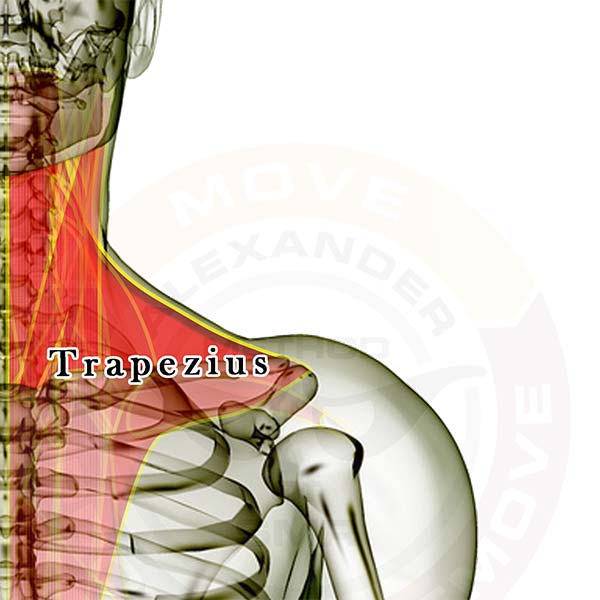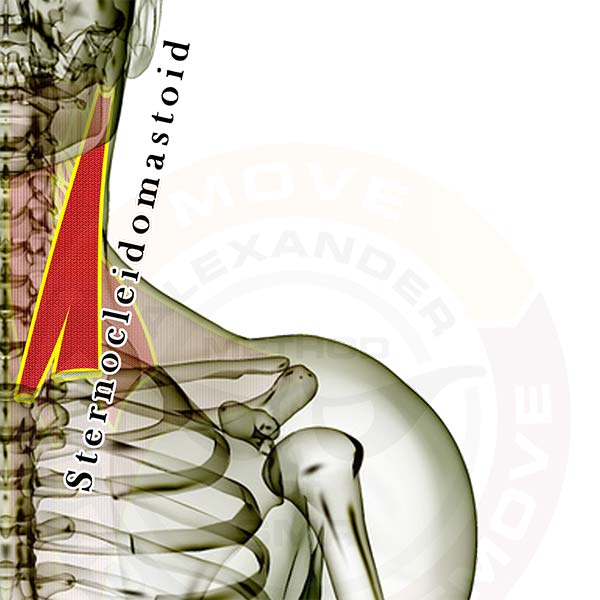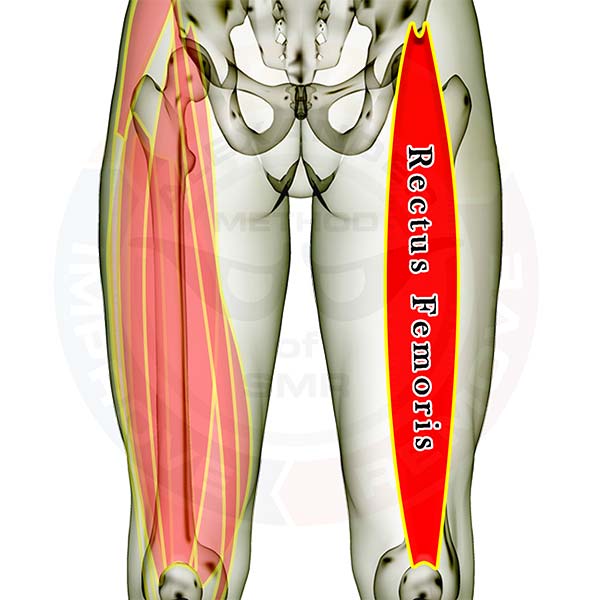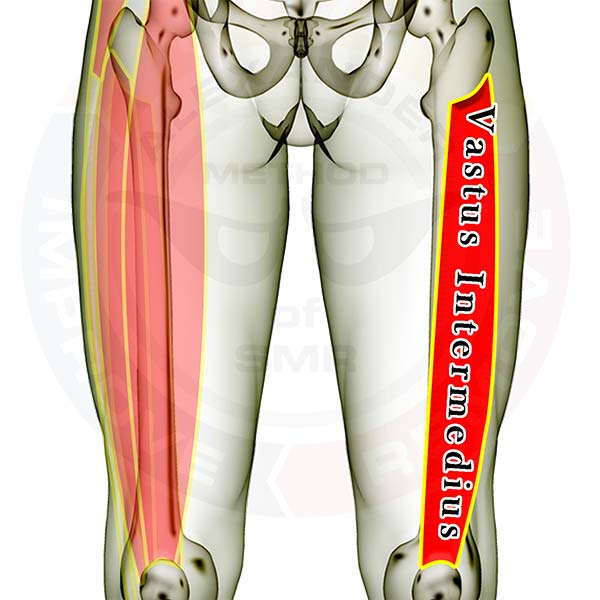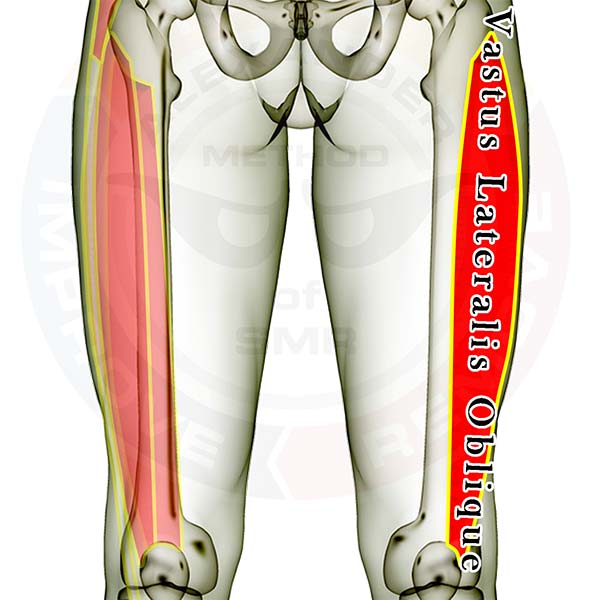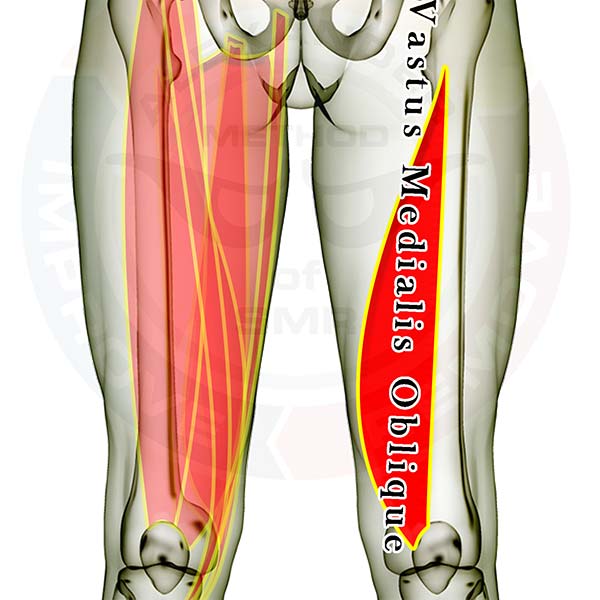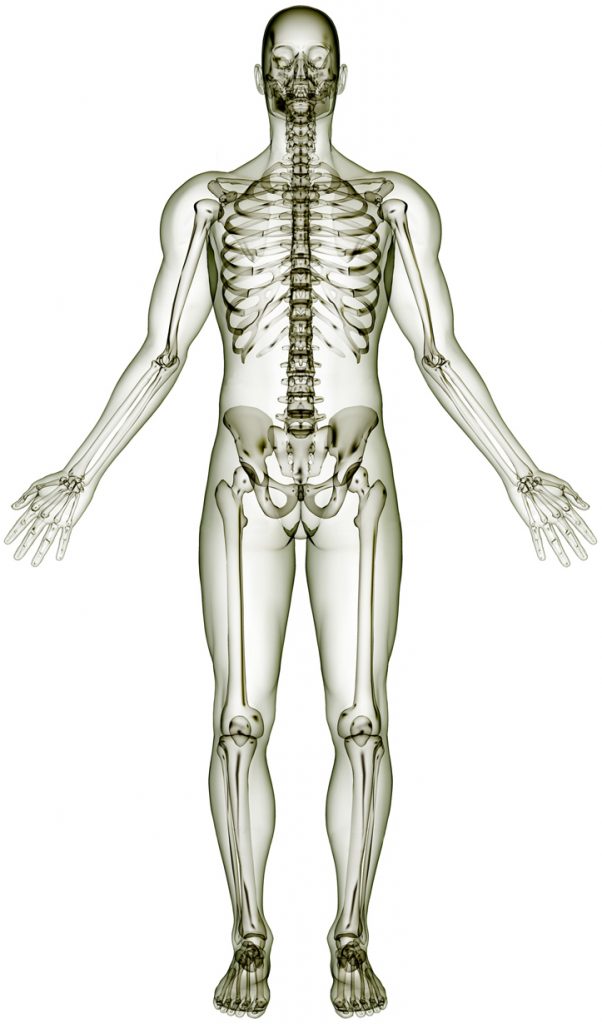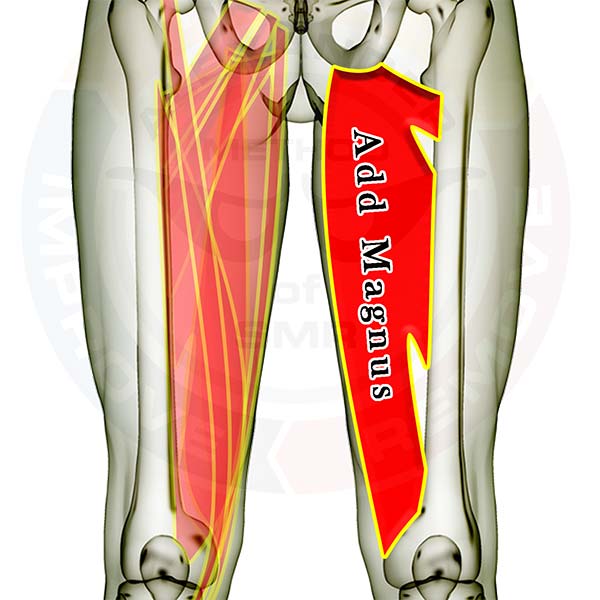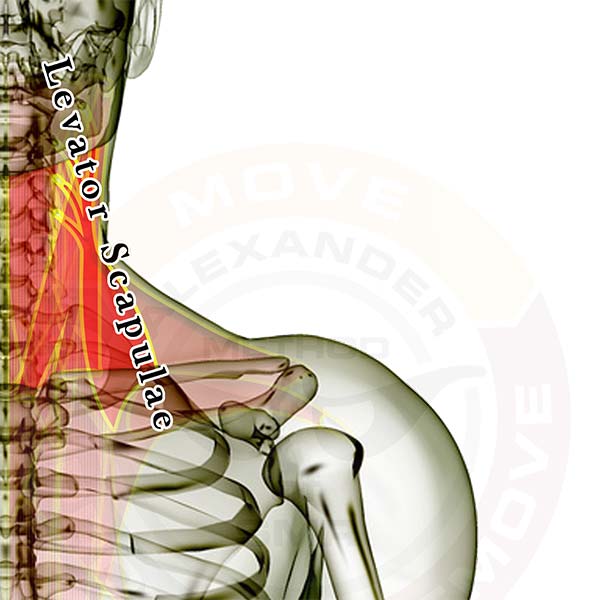
Pictured above is the levator scapulae. The levator scapulae is a very influential muscle on proper neck posture. Click Here for SMR technique instructions.
Click Here for a list of all the muscles.
The muscles are layered, showing how some of the muscles are covered by others. All of the muscles are see-through so that you can appreciate the location and size of each muscle relative to the others.
Individual upper back & neck muscles you might be interested in: (any inactive links will be live soon)
Muscles that attach to the head (mastoid or other skull bone) and the neck (cervical vertebrae) and/or head & torso (thoracic vertebrae and/or ribs)
- Sternocleidomastoid
- Trapezius
- Splenius Capitus
- Longissimus Capitus
- Semispinalis Capitus
Muscles that attach to the neck (cervical vertebrae) and another area of the spine (cervical or thoracic vertebrae) and/or ribs
- Anterior Scalene
- Medial Scalene
- Posterior Scalene
- Splenius Cervicis
- Semispinalis Cervicis
Muscles that attach to the head or neck & the shoulder blade (scapula)
Good luck working out those tight knots.
If you have any questions, please post a comment. We try to respond within 24 hours.
We're here to help you get more out of your training!

